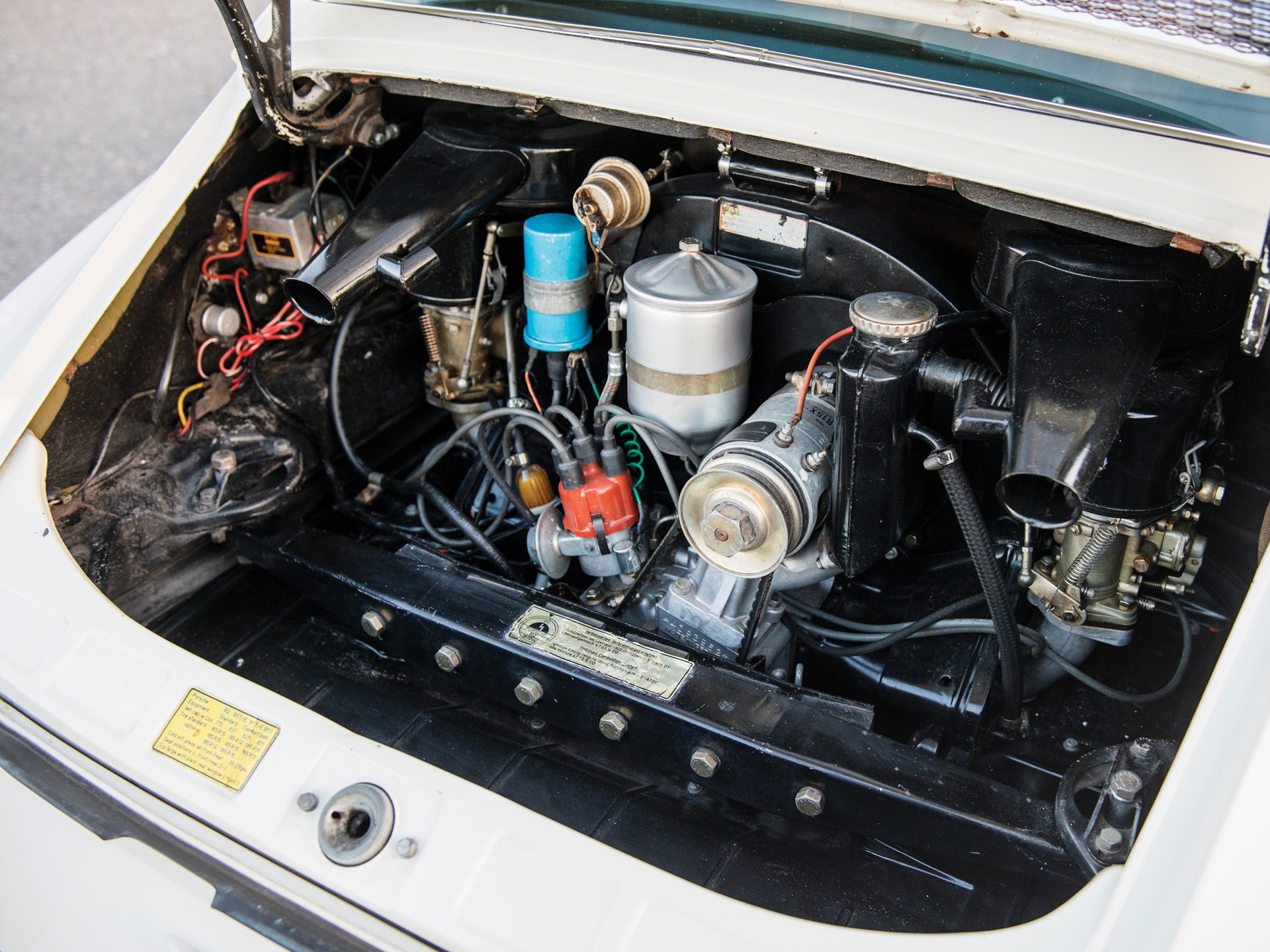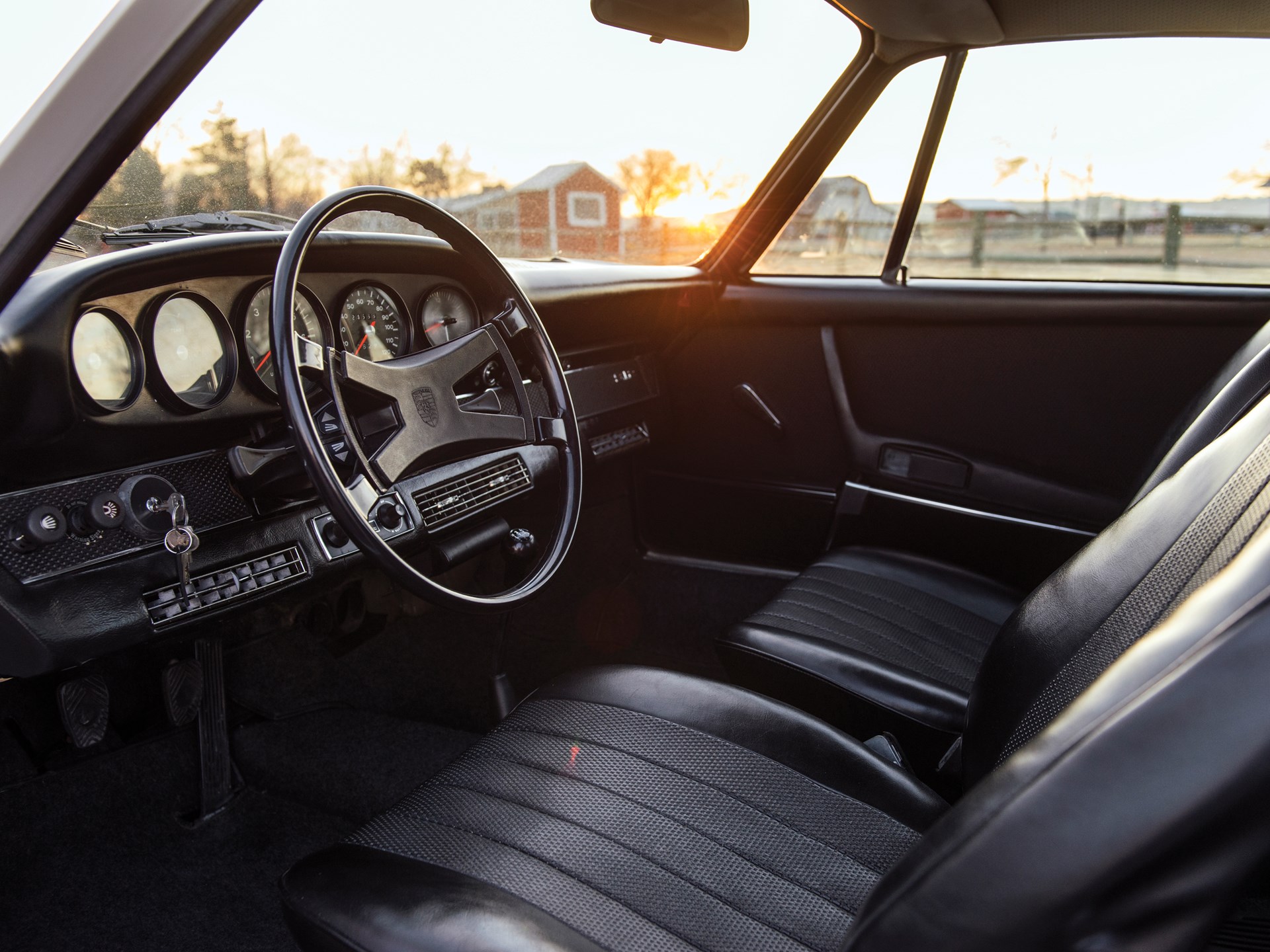Porsche’s “affordable” 912 proves affordability is relative
As amazing as it was (and is), the 911 created a problem for Porsche. Killing off the venerable 356 would leave it with just one model, and a pricey one at that. Worried about shrinking sales and declining appeal, company brass decided to combine the sophisticated platform of the 911 with the simple engine of the 356 in an entry-level car called the 912.
It was a brilliant idea. The 912 regularly outsold the 911 by a two-to-one margin. And why not? The adorable little sports car offered a driving experience not unlike that of the 911 at about two-thirds the price. Car and Driver called it “a 911 we can all afford to buy.”
Alas, that is no longer the case. As with all air-cooled Porsches, 912 prices climbed faster than a Falcon 9 rocket until a few years ago when they began to level off. But even now, clean, low-mileage examples can hit $70,000, and the very best ones top six figures.
Entry level? Pfft. Not any more. Ironic, given the car’s humble origins.
Even as it began developing the 911, Porsche planned to discontinue the 356. Company executives decided in 1963 to launch the 912, which used the 1.6-liter pushrod four-cylinder engine of the 356 1600SC. The company cut costs in other areas as well, mostly in the interior—fitting the car with a plastic, not wood, steering wheel; ditching the teak trim of the 911; and deleting the clock and oil pressure gauge.



Porsche introduced the car in 1965 with a base price of $4700. People loved it. Car and Driver praised its handling as “quite safe and hardly bound to surprise anyone accustomed to front-engine cars, except by the tenacity of its grip on the road, which like the 911’s is formidable.”
Although the 912 weighed about 130 pounds more than the 356 and its 1582-cc engine offered just 90 horsepower, the car’s improved aerodynamics and closer ratio five-speed gearbox (an extra $75) made up for the added heft. Although not nearly so quick as the 911, the car could hit 120 and enjoyed some success in motorsports.
Porsche didn’t tinker with the car much over the years beyond offering the iconic five-gauge dashboard and a Targa model in 1967 and stretching the wheelbase 2.3 inches in 1969 to 89.3. By that point, the company had already decided to ditch the car in favor of the mid-engine 914, and the last 912 rolled off the line in late 1969. (The model returned for one year, in 1976, as the 912E as a stopgap between the 914 and the 924.)
All told, 30,000 912s rolled out of the factory in Stuttgart. Over the years, enthusiasts and collectors came to consider the car overweight and underpowered and largely ignored it. That started to change about a decade ago as air-cooled insanity became an epidemic. The May 2012 update of Hagerty Price Guide noted a 17-percent increase in prices for coupes and a 23-percent hike for Targas. The trendline only went up, with all models chalking up a 20-percent boost in prices in the May 2016 update.

Prices have remained largely flat since then as a measure of sanity returned to the broader market for air-cooled Porsches. Targa-top models from 1968 and ’69 command the highest prices, and a one-owner 1968 Soft Window Targa sold for $78,500 on BringaTrailer.com at the end of 2017. Plan on spending $24,300–$79,500 for a 912, even though the average price is down 11 percent from the peak of $50,346 seen about 18 months ago. Want to save a few bucks? Look for a coupe. They typically cost 20-percent less.
That said, as with all things Porsche, the best examples still command crazy prices. An all-original barn-find 912 went for a record €92,000 ($114,540) at RM Paris last year. That just topped the $114,400 paid for a restored 1967 that Gooding & Co. sold the year before.
If nothing else, the 912 proves that when it comes to Porsches, “affordable” is a relative term.







